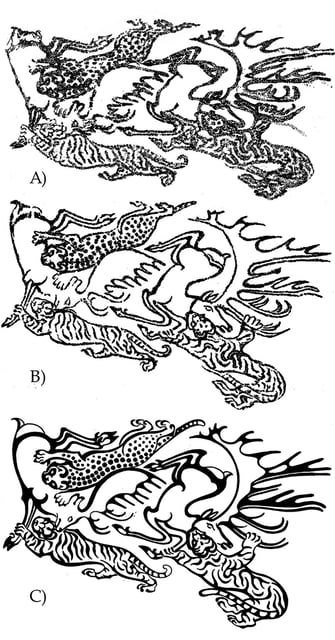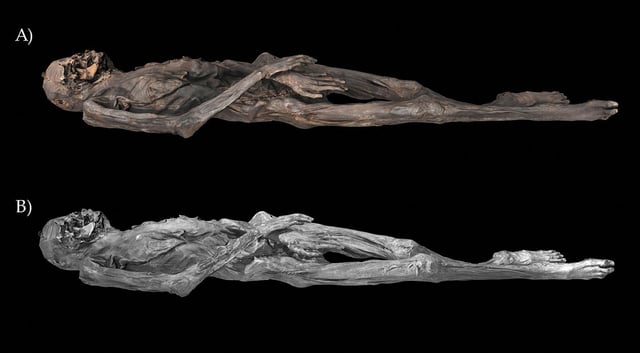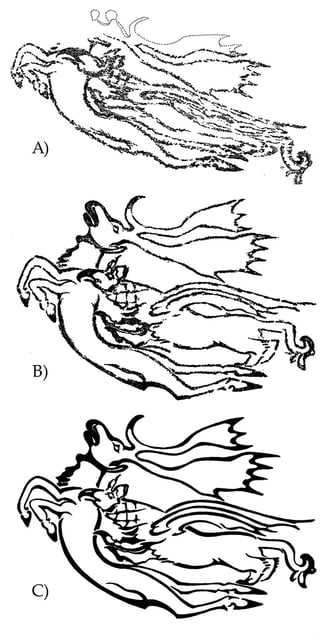Overview
- The Antiquity study published July 31 details the first sub-millimeter near-infrared 3D scan of a Pazyryk culture ice mummy dating to around 300 BCE.
- Researchers identified two distinct hand-poking implements — a multi-point bundle likely bound with thread or sinew and a finer single-point needle — used to create uniform line work.
- Analysis of overlapping ink lines indicates that some tattoos, notably an intricate animal fight on the right forearm, were applied over two or more sessions by a more experienced artisan.
- Carbon-based pigments derived from charcoal, soot or ash provided lasting ink, although postmortem cuts through many tattoos suggest their significance may have ended with the deceased.
- Findings position Iron Age Siberian tattooing as a formal craft requiring technical skill and training, prompting new inquiries into its cultural and ritual roles among nomadic societies.



